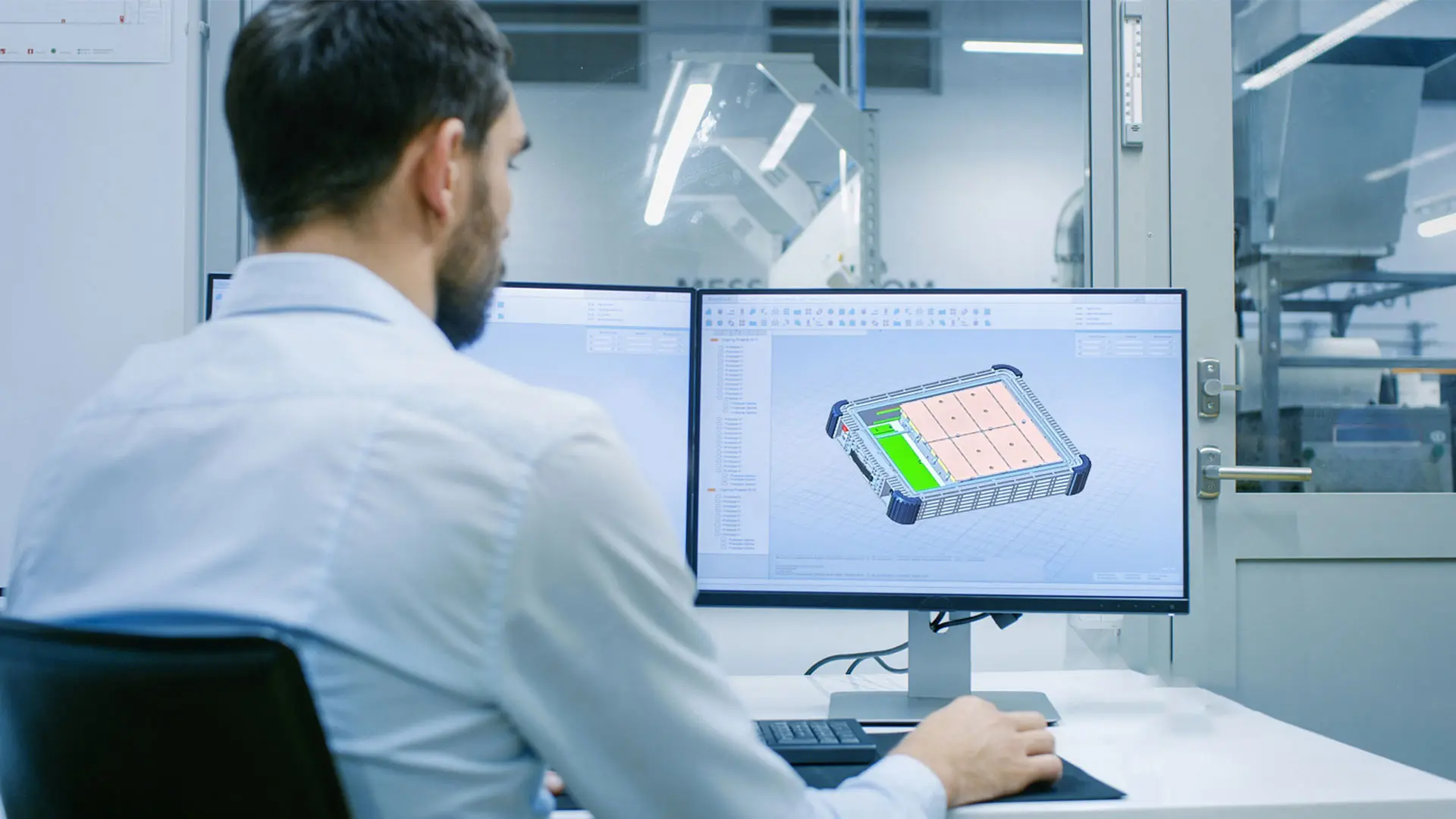In part 1 of this blog series, we highlighted many of the new battery materials changing the lithium battery industry, including some promising alternatives for cobalt cathodes. Here in part 2, we will continue explaining in detail some of the newest battery materials that you can expect to impact the accessibility and sustainability of lithium-ion batteries for decades or even centuries to come.
Graphene Batteries
Graphene is a single layer of pure carbon atoms that are arranged in a hexagonal lattice, and it’s been one of the most interesting discoveries in the lithium battery industry due to its exceptional electrical and thermal conductivity. Graphene is highly conductive and lightweight, enabling batteries to charge faster and deliver a higher energy density. They also dissipate heat more effectively, improving longevity and safety. Graphene batteries could be useful across most applications, and can hopefully eventually lead to ultra-fast charging and long-lasting batteries that could change EVs, consumer electronics, and grid storage as we know it.
Lithium-Sulfur
Lithium-sulfur (Li-S) batteries are one of the most promising alternatives to lithium-ion batteries. Sulfur is a very common byproduct of various industries and is very readily available, making it a sustainable choice for the future of lithium batteries. Li-S batteries can actually store up to 5 times more energy than li-ion batteries, making them ideal for applications where energy density is crucial. However, Li-S batteries do face issues related to cycle life and stability. Researchers are currently developing ways to tackle these problems, particularly for use in fields such as energy storage and aviation.
Glass-Forming Liquid Electrolyte
Glass-forming electrolytes are a new discovery that can help reduce thermal runaway and fires in lithium batteries. By mixing cyclic sulfone and lithium salt, scientists are able to explore a new kind of electrolyte high in ionic conductivity and stability that can potentially handle faster charging cycles than typical lithium batteries, as well as giving them the ability to perform better in extreme temperatures.
Polymer Zinc-Ion Batteries
Zinc is more abundant and environmentally friendly than lithium, which is why researchers are exploring this alternative. Zinc is less reactive than lithium, making it safer by reducing the risk of overheating and fires. Polymer zinc-ion batteries are particularly potentially useful for grid energy storage solutions and other large-scale battery enterprises, as they are cheaper, more ecologically friendly, and safer than lithium-ion batteries.
Densely Functionalized Polymeric Binder
Electrodes are evolving with scientists using densely functionalized polymeric binders to improve efficiency, stability, and longevity. This stronger binding leads to improved cycle life and stability. They also are designed to accommodate volume changes during charging cycles, which reduces wear and tear on the battery over time. This improved longevity is especially valuable for applications that require long-lasting performance, such as energy storage and EVs.
These innovations in battery chemistry, amongst others, are changing the lithium battery industry as we know it. Lithium batteries may look significantly different in 10 years, hopefully becoming more accessible and affordable around the world. Check out the first part of this list in case you missed it, and stay tuned for part 3 soon.












3 thoughts